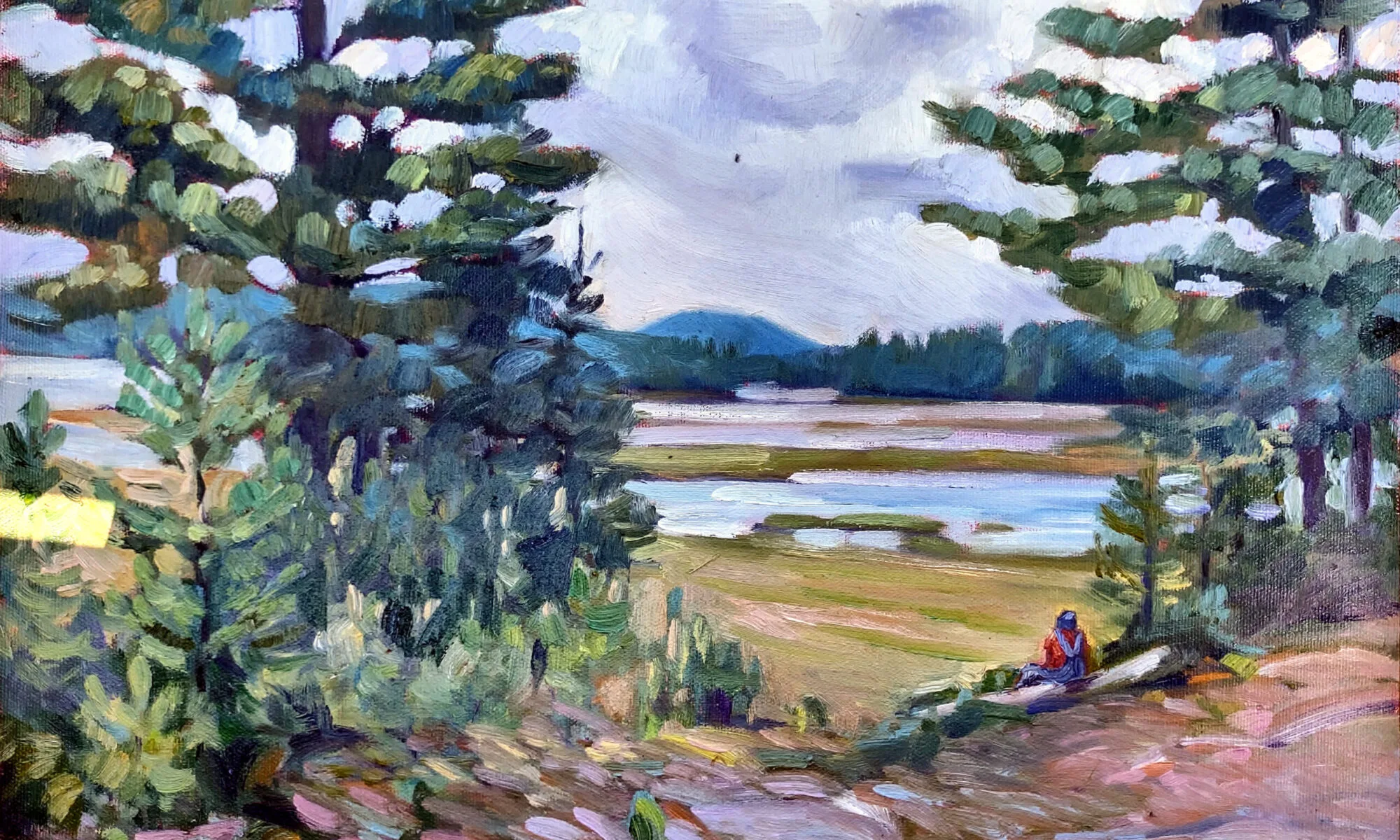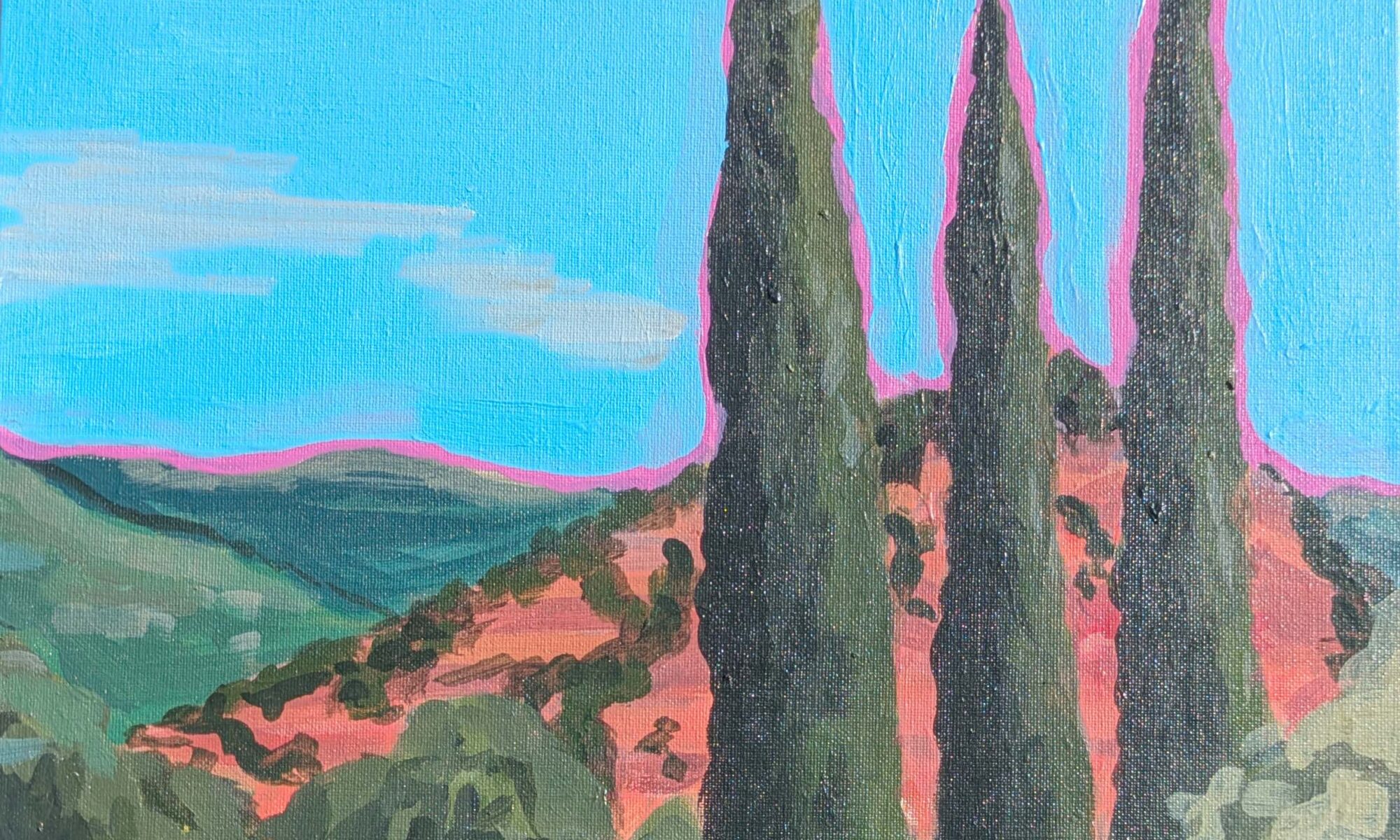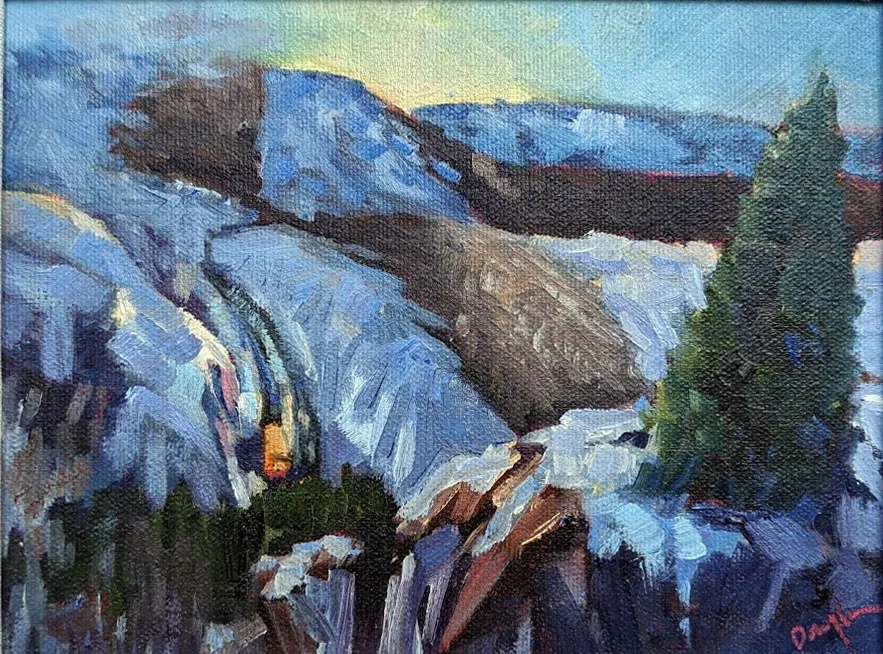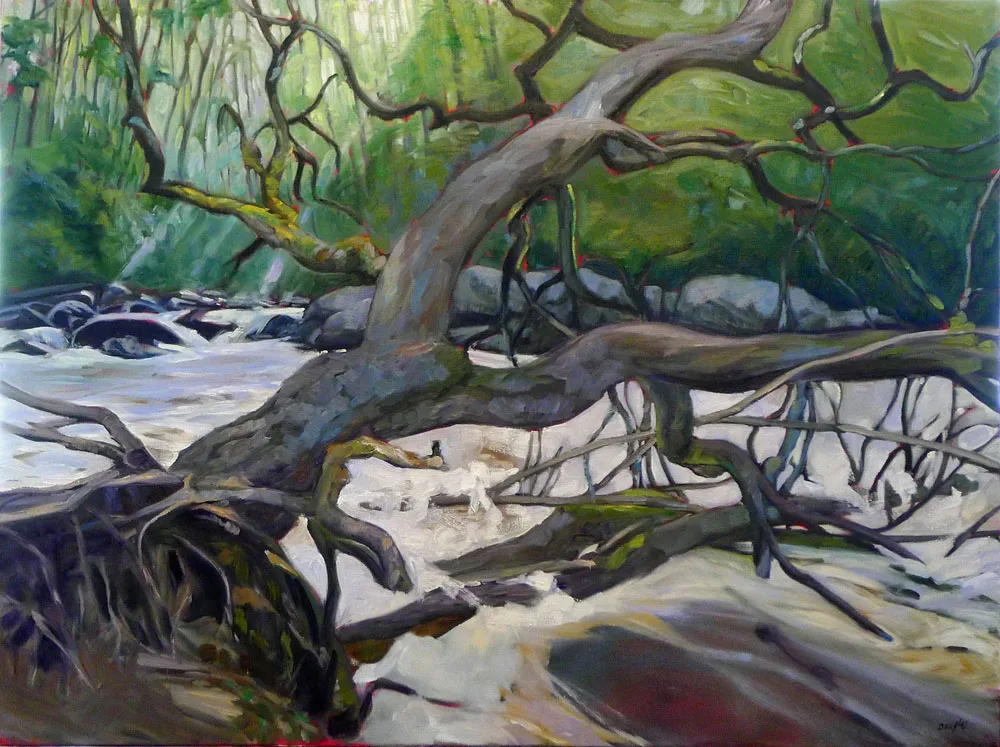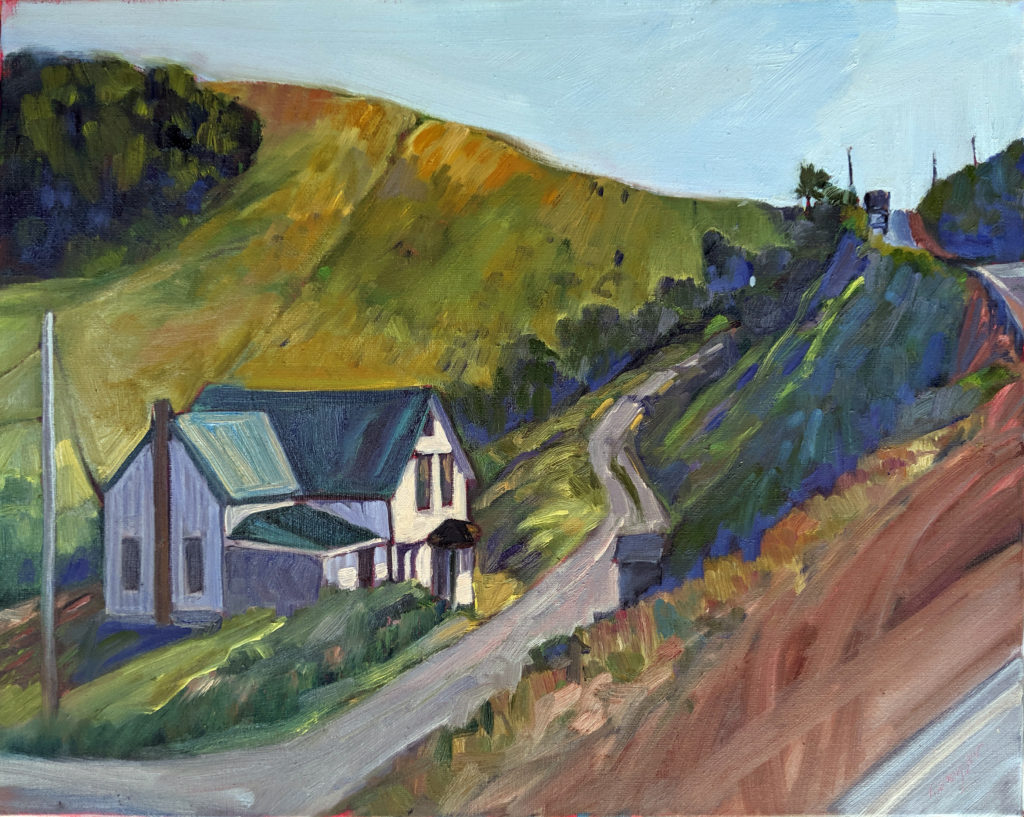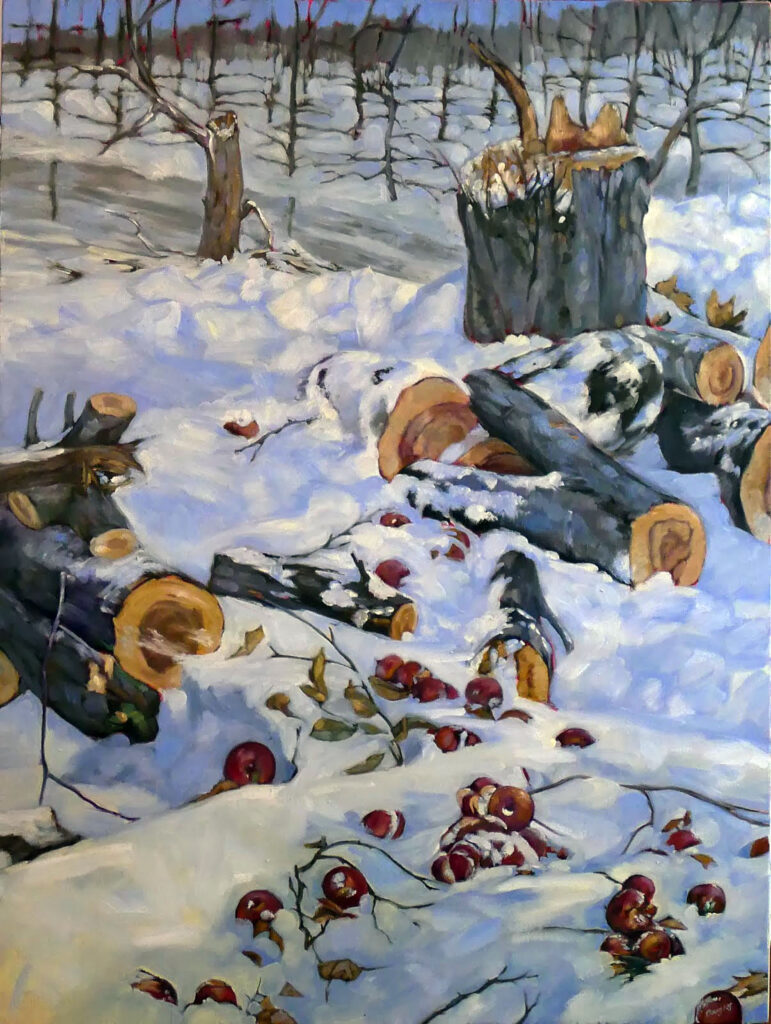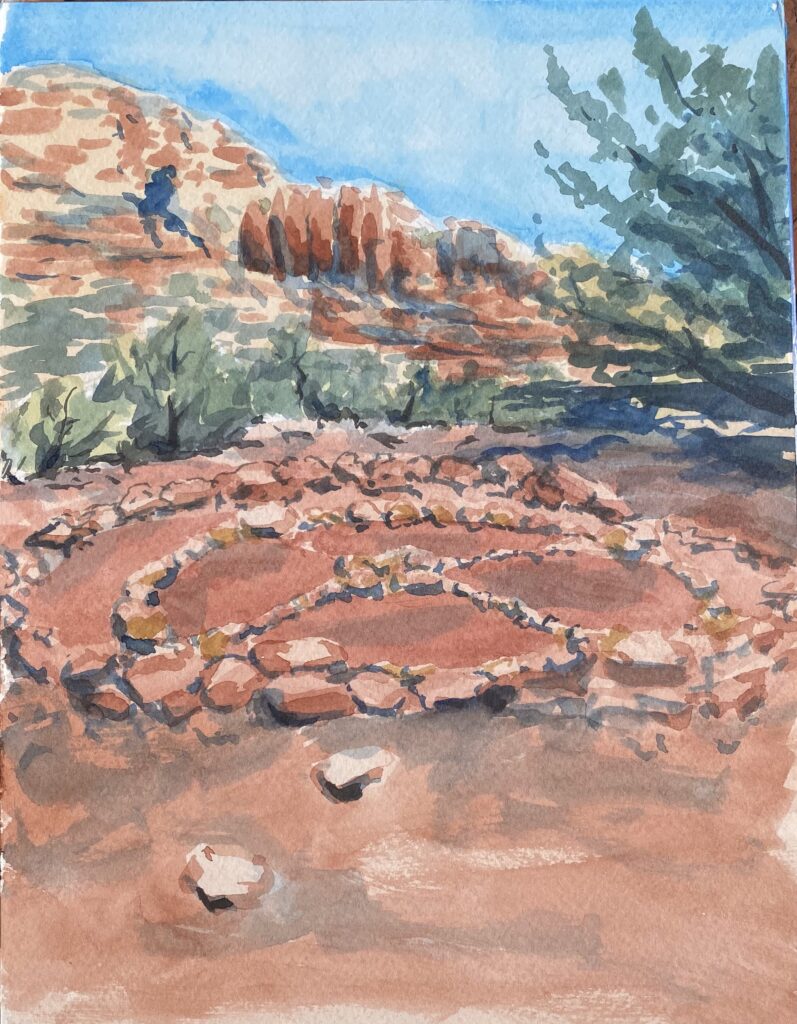
I’m teaching plein air in Sedona, which is one of America’s most wonderful hippie, dippy, trippy places. There’s a looseness of thinking here that leads straight to a looseness of painting, and you can see it in my students’ painting from yesterday, which veered closer to abstraction than is typical for plein air.
“One of my strengths as a painter is that I’m not worried about the result,” Rachel Houlihan told me. That means she isn’t bent about whether the painting is good or bad, she just paints. That, conversely, makes her a better painter and student because she is just never uptight about the end product.
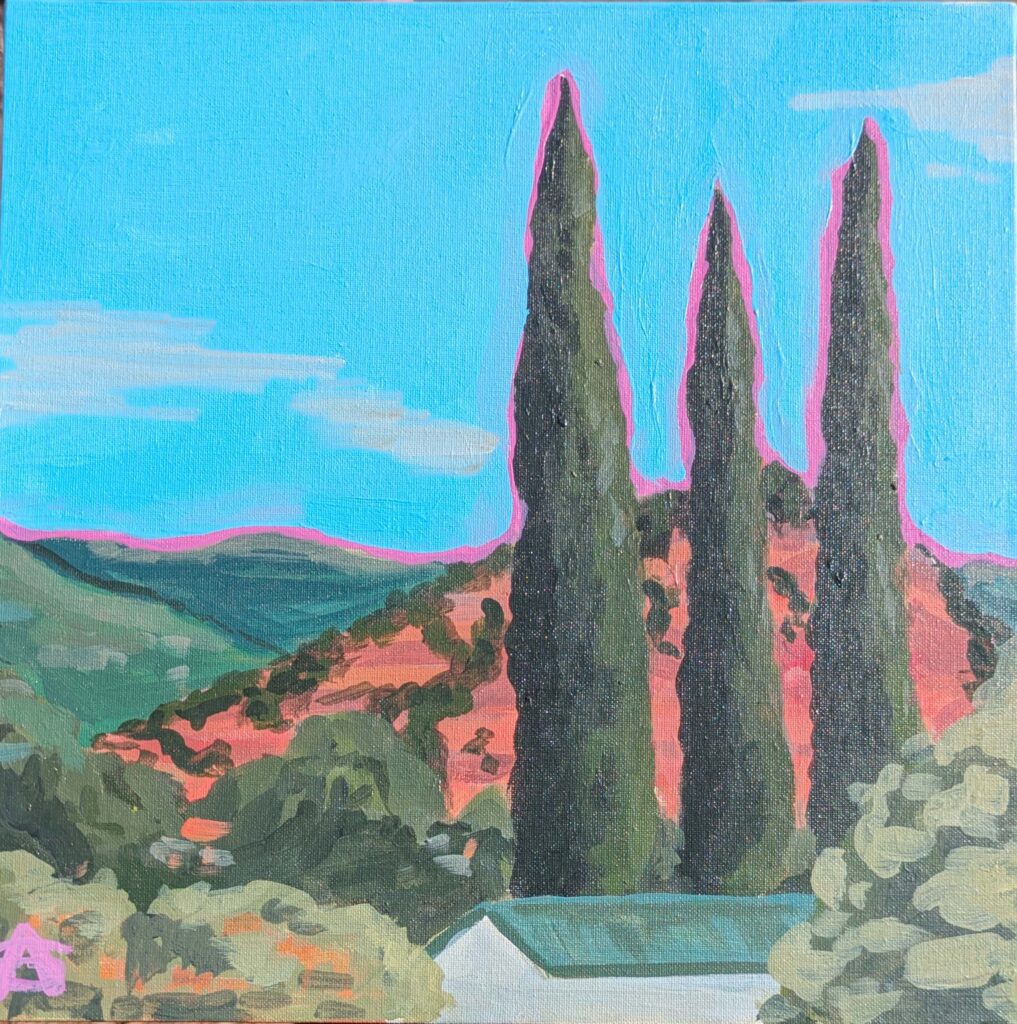
Avoiding preciousness in painting means embracing mistakes, spontaneity, imperfection, and risk. Here are some ideas to help you loosen up and paint more freely:
Mindset Shifts
Be more like Rachel: You will paint a lot of duds in your career; in fact, I’m three for three this week. Don’t worry about it. Throw that bad canvas on the pile and move on. If you haven’t made mistakes, if you haven’t got a pile of duds, you aren’t trying.
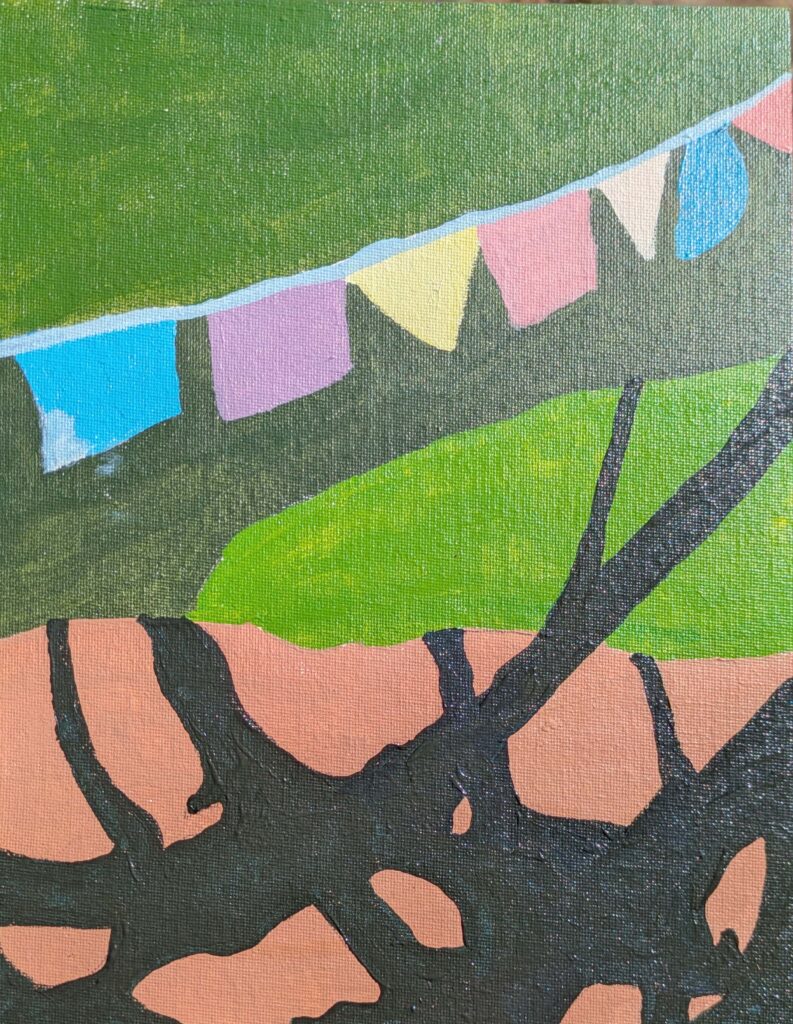
Embrace Mistakes: Remind yourself that mistakes are opportunities. I have noticed that sometimes the paintings that make me the most uncomfortable at the time I do them are the paintings that point the way that I’m heading in the future. And sometimes the most compelling passages of art started as accidents.
Value process over outcome: That’s really what Rachel was saying to me. When she was painting under a juniper in the Peace Park, she was perfectly content. Shift your focus from the results to being in the moment.
Set a Time Limit: If you don’t let yourself perseverate, you’re unlikely to obliterate everything that was once good about your painting.
Use Bigger Brushes: Everyone should always start with a brush that’s twice as big as they expect they need. That way they can’t overthink the details. If you need a smaller brush later, then go for it.
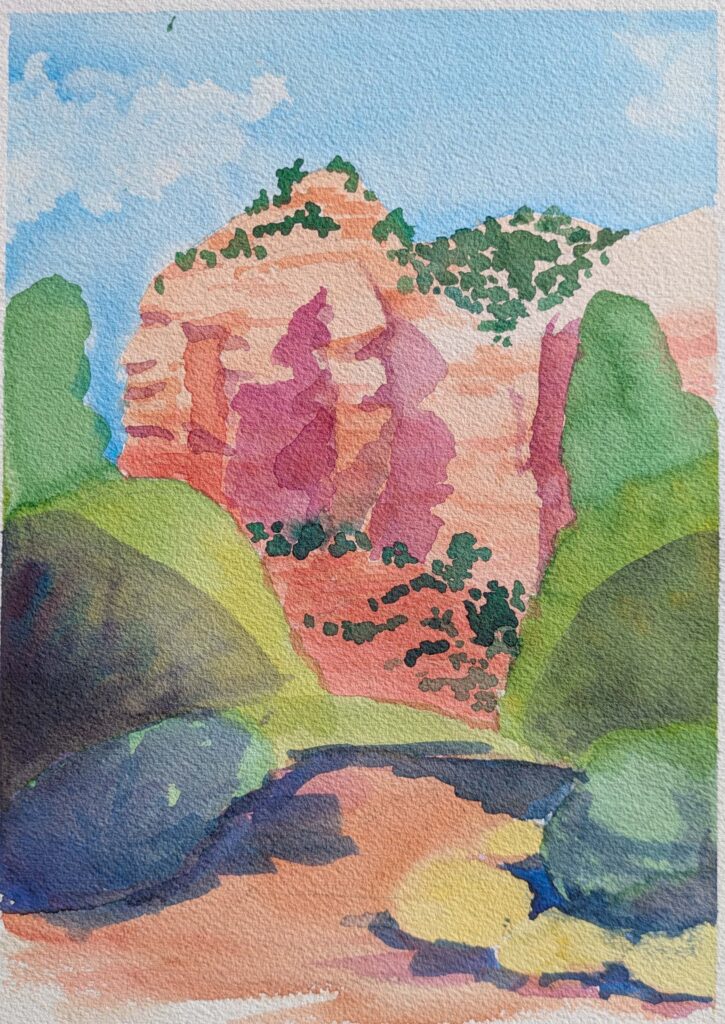
Push past your comfort zone: I can’t tell you how many times I’ve heard painting teachers say “not another brushstroke!” I’ve always wanted to smack those teachers. How can one know what the limit is, when one never pushes past the limit?
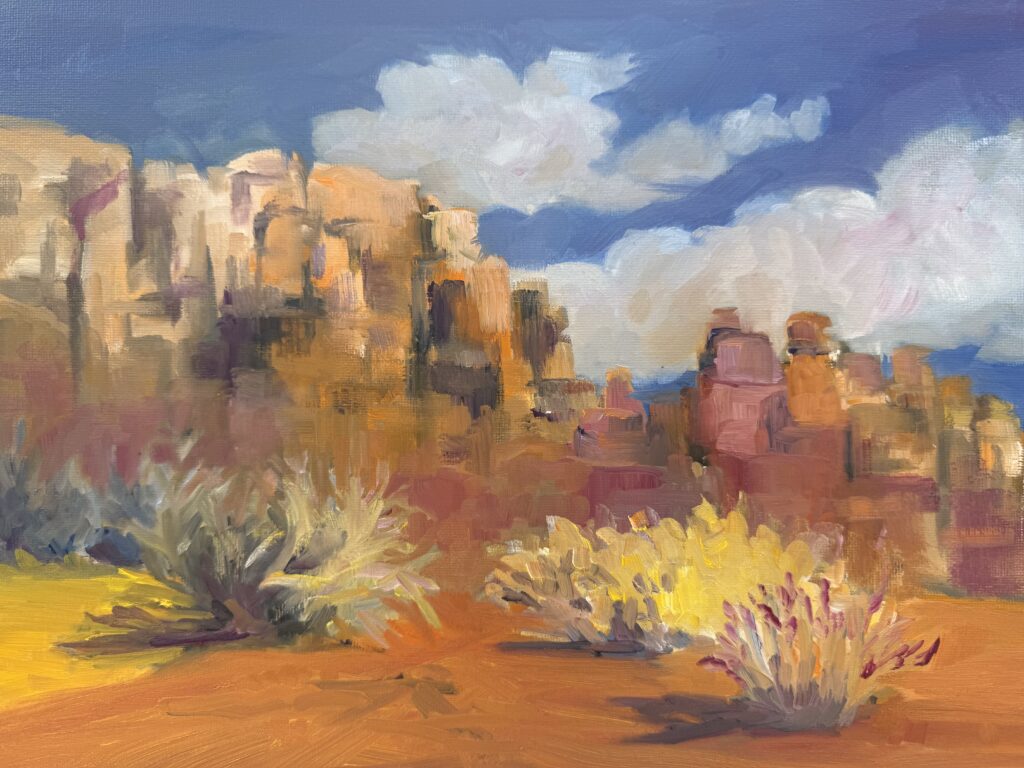
Reserve your spot now for a workshop in 2025:
- Advanced Plein Air Painting, Rockport, ME, July 7-11, 2025.
- Sea and Sky at Acadia National Park, August 3-8, 2025.
- Find Your Authentic Voice in Plein Air, Berkshires, MA, August 11-15, 2025.
- Immersive In-Person Fall Workshop, Rockport, ME, October 6-10, 2025.
